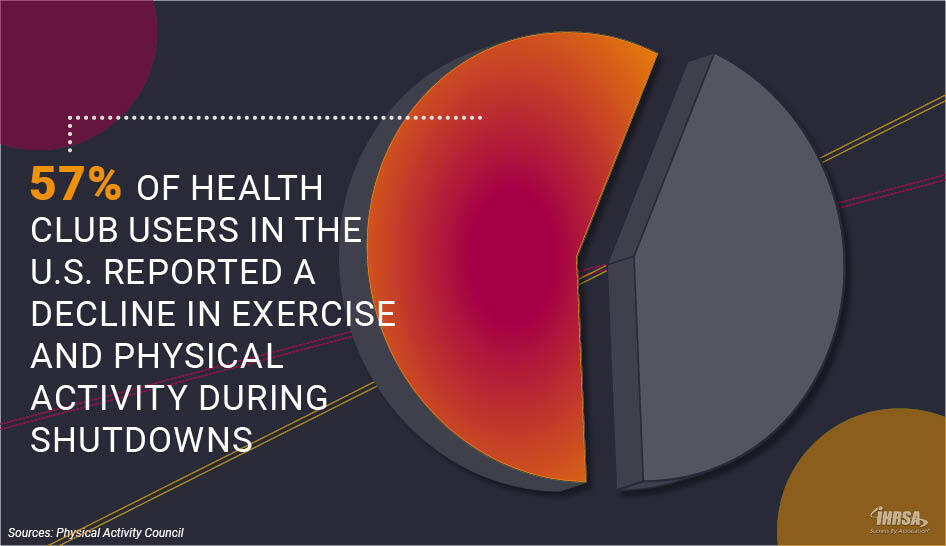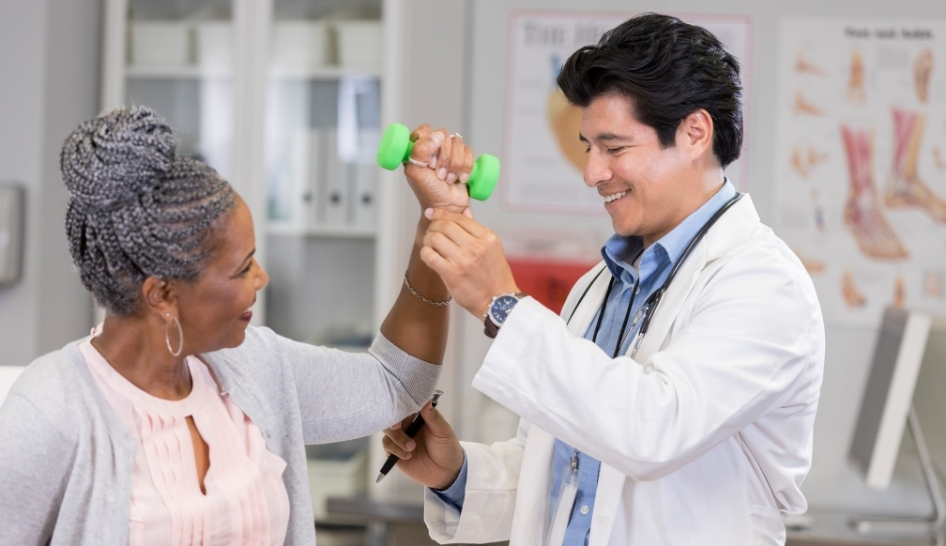To counter the misconceptions and negative news—and mark health clubs as essential businesses—IHRSA is meeting with medical and health policy experts to get their view on the matter. This article is the fifth installment in a series in which we will share expert opinions from medical, science, and public health professionals focusing on:
- exercising safely in clubs during a pandemic,
- how gyms play a significant role in keeping people healthy, and
- the overall health benefits of exercise.
We discussed these topics with Tyler Cooper, M.D., MPH, president and CEO of Cooper Aerobics in Dallas, TX, a preventive medicine physician at Cooper Clinic, and an advisory board member of the Robbins College at Baylor University School of Health and Human Sciences as well as the Harvard School of Public Health, to hear his thoughts.
If you’ve missed any previous interviews, check out the articles, featuring Robert Sallis, M.D., Greg Degnan, M.D., Lori Deemer, M.D., and Russell Pate, Ph.D.
Without Access to Health Clubs, Activity Levels Are Declining
“From my personal experience with my patients, I’ve noticed those who work out regularly in fitness centers have seen a decrease in their fitness as they’re not used to working out at home or on their own. Whereas other patients who regularly work out at home have not seen this as a significant issue,” says Cooper.


